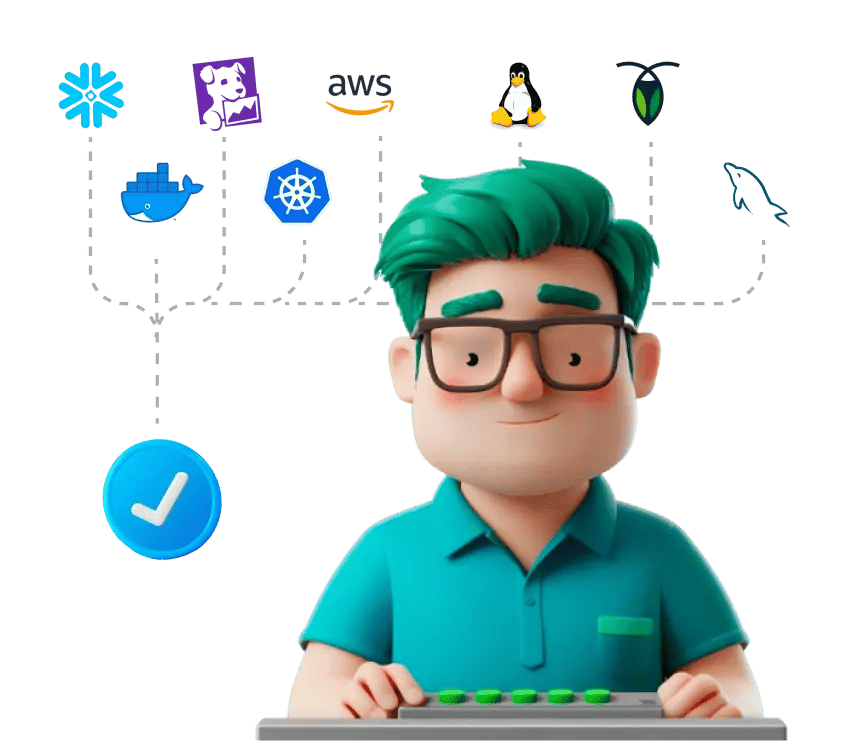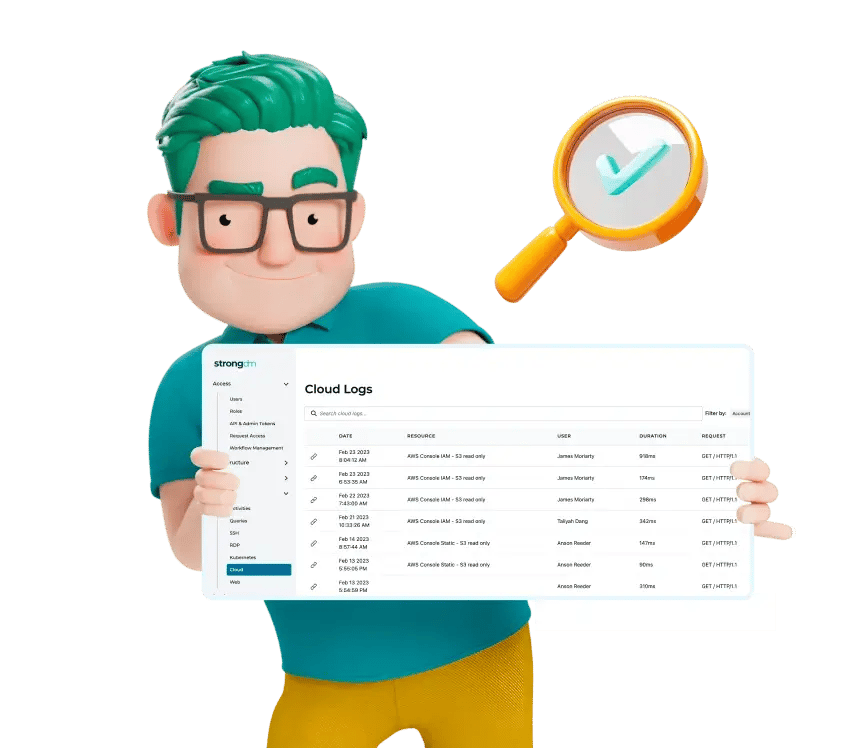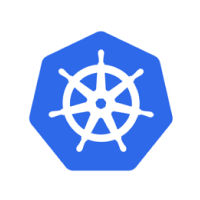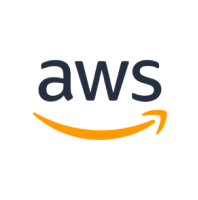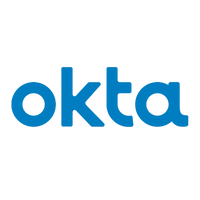1. Agentless Architecture
StrongDM does not require agents to be installed on end resources. This means fewer administrative headaches in managing the solution and faster time-to-value for the product. CyberArk’s architecture requires seven servers, plus the CyberArk vault, to implement. Each component needs to be working in order for PAM to be implemented. This agent-based design makes it difficult to manage and exposes it to several places for failure. The complexity of deployment also requires professional services.
💡Make it easy: Agentless architecture makes it easy to deploy, manage, and maintain StrongDM. Enforce just-in-time (JIT) security policies to cloud-native and hybrid infrastructures. Try it yourself.
2. Scalability
StrongDM leverages a true cloud-first approach, making it easier to scale in a single environment across multiple regions. This is particularly important for large enterprises. CyberArk’s approach requires the installation and management of self-hosted components, and endpoint agents that add to the complexity of managing the solution and decreasing flexibility.
3. Vault Agnostic
StrongDM has its own native vault and also integrates with multiple third-party vaults. Credentials are never exposed to end users, securely encrypted and not retrievable after setup. This allows vendors flexibility in their vault vendor and leverage existing security investments. CyberArk requires companies to manage access strictly with the CyberArk Vault.
4. Breadth of Support
StrongDM has native protocol support for infrastructure on-premises or in the cloud, including cloud platforms like AWS, Azure, GCP, Kubernetes, and any cloud databases. CyberArk’s core focus is on legacy on-premises systems, such as RDP, SSH, IBM 3720, MMSQL. This limitation lacks access control and visibility into all your resources. Support for modern cloud and databases often requires plugins and professional services.
5. Just-in-Time Access
StrongDM supports Just-in-Time access to databases, cloud, servers, and clusters through Access Workflows. CyberArk is only able to support Just-in-Time access to a portion of the stack and does not support cloud managed databases or PaaS.
6. Total Cost of Ownership
StrongDM offers simple pricing, including secure access to all resource types. Deployment requires no professional services, and the agentless architecture makes it easy to implement, manage, and maintain. CyberArk’s products are some of the most expensive on the market, with a high total cost of ownership. CyberArk requires additional hardware costs, has high licensing costs and you need to buy Professional Services for deployment and management. Operational costs are high with multiple systems and components to maintain.



